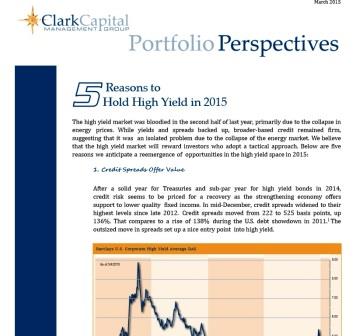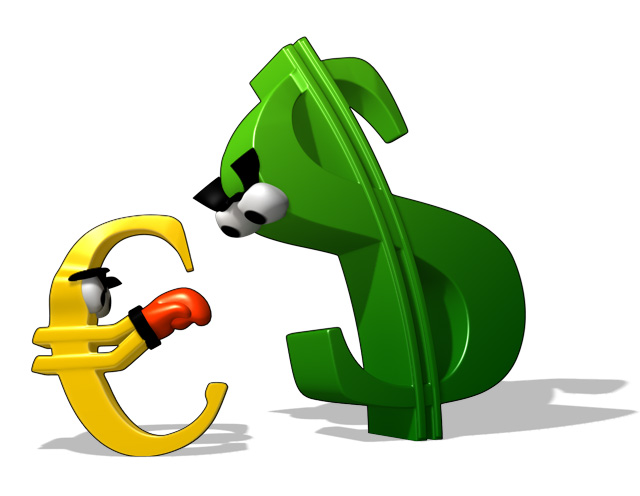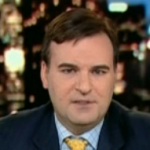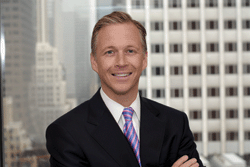MarketMuse update profiles the largest mutual funds provider, Vanguard push to become the top ETF provider. Currently, Vanguard is the second-largest provider of exchange-traded funds (ETFs) in the world, with about $451 billion in ETF assets under management, as of March 2015. Now Vanguard seeks to become the top ETF provider with its first ever muni bond, the Vanguard Tax Exempt Bond ETF. The MarketMuse update is courtesy of an article from Investopedia’s 20 March article “Vanguard to Launch Muni Bond ETF”. Extracts from the article are below:
Vanguard, well known for its stable of index mutual funds and exchange-traded funds (ETFs), is rolling out its first muni bond index fund, the Vanguard Tax Exempt Bond ETF. The fund, which will have a mutual fund share class as well, doesn’t have a ticker symbol yet. This is Vanguard’s first muni bond index fund.
Muni bonds typically appeal to investors in a higher income tax bracket and are held in taxable investment accounts. The ETF will track the S&P National AMT Free Municipal Bond Index. The index currently yields 1.7% which equates to a 2.5% yield for those in the 33% income tax bracket.
The new fund is in line with Vanguard’s big push in the ETF space. Vanguard is currently the third largest issuer of ETFs and has been aggressively cutting expenses in an effort to build its asset base. It recently lowered expenses on 12 of its equity ETFs including 10 sector ETFs. Vanguard currently has 13 fixed-income ETFs including the giant Vanguard Total Bond Market ETF (BND) with more than $24 billion in assets.
The Vanguard Tax Exempt Bond ETF (and associated mutual fund share classes) will likely be a viable competitor in the muni bond space right out of the box. The low expense ratio of 0.12% is less than half that of the largest index ETF competitor. Add to this Vanguard’s solid reputation as an index fund provider and its distribution muscle and the new fund will be well positioned to gain market share in this asset class.
To read the entire article from Investopedia, click here.























